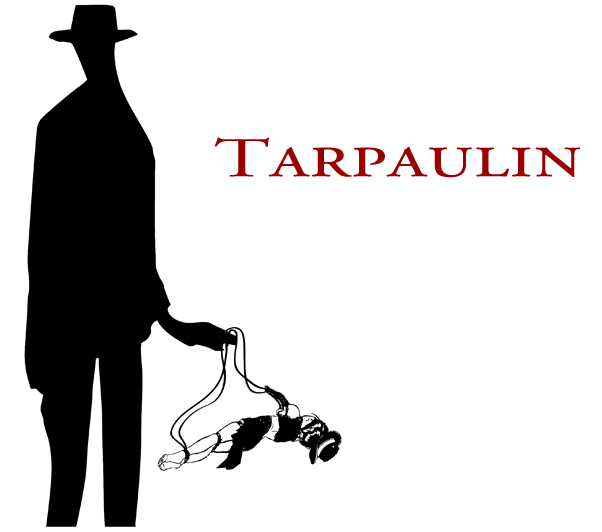Nathalie Stephens
We Press Ourselves Plainly
ISBN 978-0-9844598-0-3
5" x 7" | 120 pp. | pbk.
Nightboat Books 2010
$14.95
Reviewed by J. Mae Barizo
“I should like,” the narrator declares in We Press Ourselves Plainly “for my own name made illegible…” Indeed, we never learn the identity of the devastating speaker whose body and mind is the landscape on which violence unfolds. It is not a pleasant voice nor is it necessarily appealing, yet it enthralls in its immediacy, a distinctive intonation which begs the reader to devour it in its singular attempt to articulate the tragedy of history.
A 97-page book-length poem in the form of continuous blocks of text separated only by ellipses, Stephens endeavors neither to elucidate the source of violence nor to expose a chronological representation, therefore the fragments—some of which are complete sentences and others only partial slivers thereof—have the aesthetic of immutability and timelessness, a voice existing in the present moment yet also in the dredges of the past. “There is a room and there is a war” the speaker declares, yet the poem exists also outside of a room and concurrently in various locations: Berry Head (a coastal headland in the English Riviera), Paris, Hyde Park, Fallujah and Donostia (the Basque region of Spain). Perhaps there has been a war or there will be one. “The wars become one war” and “The wars are indistinguishable” Stephens writes, adding to the atemporality of the poem and the omnipresence of violence. The book opens with a quote by Franz Kafka: “Everyone carries a room about inside him.” which further puts forward that the location is the body itself which bears the carnage. The post-script furthers this idea of the body as an object of compression and cruelty, stating that one of “the active functions of this work is compression...of all the possible spaces pressed into that body, upon which the pressures of historical violence and its attendant catastrophes come to bear.”
This blog is long dead. Please go to TarpaulinSky.com
Quick jump to TS Press authors: Jenny Boully | Ana Bozicevic | Traci O. Connor | Mark Cunningham | Claire Donato | Danielle Dutton | Sarah Goldstein | Johannes Göransson | Noah Eli Gordon and Joshua Marie Wilkinson | Gordon Massman | Joyelle McSweeney | Joanna Ruocco | Kim Gek Lin Short | Shelly Taylor | Max Winter | david wolach | Andrew Zornoza
Showing posts with label Nightboat Books. Show all posts
Showing posts with label Nightboat Books. Show all posts
Friday, May 20, 2011
Subscribe to:
Posts (Atom)





